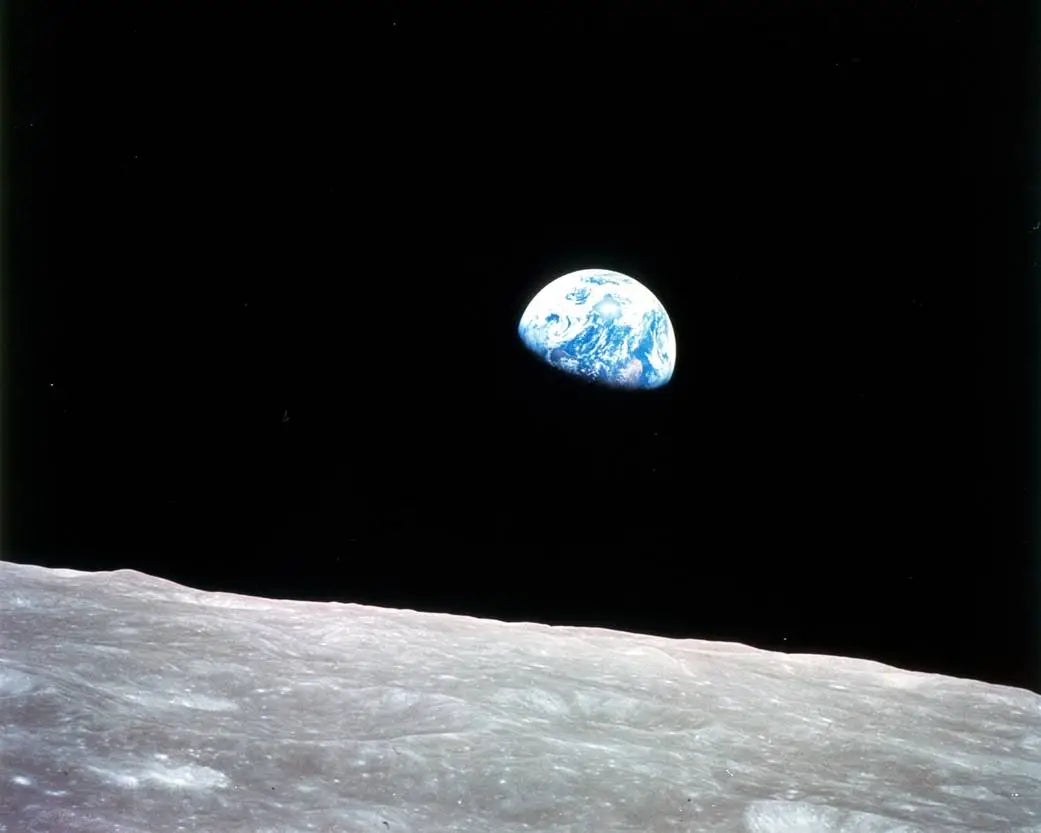
What is the origin of Earth Day?
Share
- Words by Richard Jergenson
While many of us know the origin story of the infamous cannabis holiday “420” – created by several San Rafael High School students in the early 1970’s who convened at 4:20 pm daily to partake in smoking marijuana on campus – a not so well known story is of the creation of Earth Day.
Earth day, as we know it today, is an annual celebration that highlights environmental conservation efforts and encourages people to get outside and appreciate nature by participating in environmentally friendly activities. In order for us to truly understand how Earth day came about we need to take a look back at the boiling pot that was 1960’s America.
The decade leading up to the creation of Earth day was a tumultuous one, sprouting movements and change like wildfire. The country was deeply involved in the Vietnam war and the draft was in full swing. The hippie movement swallowed up millions of Baby Boomers, at the time the youth of the nation, who were finding their voice challenging the status quo with protests and demonstrations in the streets. Political assassinations were becoming commonplace – President Kennedy, Martin Luther King Jr., Robert Kennedy, and Malcolm X to name a few. The Civil Rights movement was setting the standard for every political and cultural movement to follow.
In 1968, the Democratic Convention in Chicago, presided over by Mayor Richard Daley, braced for street protests and deployed 25,000 uniformed officers to control demonstrators. The presence of major networks like ABC, CBS, and NBC brought the protests into living rooms across the nation, echoing the chant, "The Whole World is Watching."
Another seminal event leading up to 1970 was the iconic NASA photograph titled 'Earthrise,' captured from the moon in 1968 — humanity's first glimpse of Spaceship Earth from space. This image became the enduring symbol of Earth Day.
In January 1969 a massive oil spill off the coast of Santa Barbara made national headlines and sparked concern among a rising number of environmentalists. One of these environmentalists, Senator Gaylord Nelson, was inspired by anti-war protesters and had the idea to organize an event to raise awareness about air and water pollution. Originally conceived as a day to honor the Earth and the concept of peace, the event was proposed to be held on the first day of spring – March 21, 1970. However, Senator Nelson along with recruited activist Denis Hayes proposed that a nationwide teach-in should be held a month later on April 22, 1970. They selected this date to garner the largest amount of participation possible as the date fell on a weekday between spring break and before final exams for college students. The event still needed a name, and at the beginning of 1970 Julien Koenig, who was famous for his “Think Small” ad campaign for Volkswagen, dropped by their office to offer help. He came back a week later with the names, “Ecology Day”, “Environment Day”, “Earth Day” and “E Day. “Earth Day” was chosen and an ad was put out in The New York Times that was an overwhelming success. The event that followed would end up becoming the single largest protest in human history, with more than 20 million people participating, and thus Earth Day was born.
